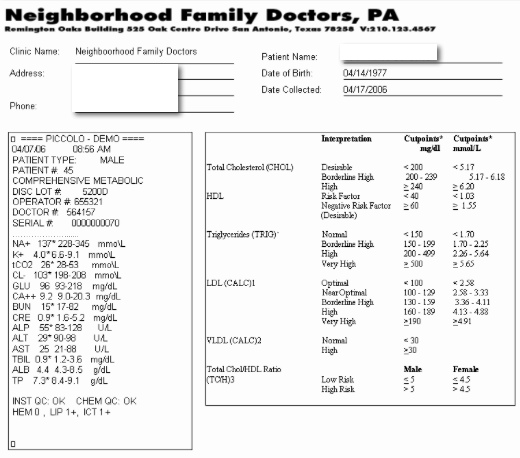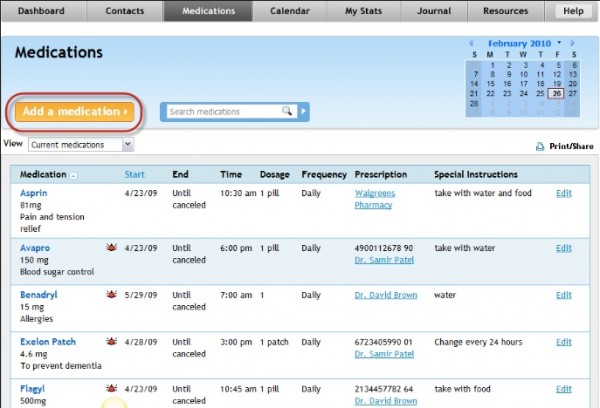You can find the entire, What Is a Patient Portal series here.
Today’s discussion may have the most significant impact on a patient ability to understand their medical record but it’s also the most difficult to explain. So let me give you some definitions:
Contextual: The circumstances that form the setting for an event, statement, or idea. It’s also the surrounding content that help give meaning to the item in question. If something lacks context then it lacks anything to help you understand what you are reading.
Semantic: relating to meaning in language or logic. Semantics is the study of meaning. The semantic web provides a common framework that allows data to be shared and reused. For practical purposes, it’s about taking html and making it into something more understandable. A drug name instead of being a word, might actual include tags that label it as a drug.
The Problem
How many of you have read a lab result like this

How easy is it to understand? If you aren’t a doctor, it’s gibberish. That’s probably what half of a patient medical record looks like to a patient. It provides no value to a patient. It provides no context. It gives the patient no incentive to ever return to view their record again.
Possible Solutions
What if you took the lab result above and gave it more context. Here’s an example from Lab Tests Online

The set of information above can give context to a patient. They can understand the test, it’s purpose, what the results look like, and how to interpret the results.
Now let me give you another example that involves both context and the use of semantic tagging. A typical prescription list in a medical record consists of a list of drugs with information on when it was prescribed and by whom. It gives you no information on the drugs themselves. But it doesn’t have to be that way.

This example provides a nice list but also provides icon indicators. The drug names provide links to more information about the drug. What if you also made it more semantic and provided more inline information:

This is a people tag example but imagine it as a drug. Because the portal understand that a term is a drug, it can insert into the page more information about the drug. The information would display inline without the need to leave the page.
Bottom Line
The contextual and semantic examples I give provide you with a way to create a better patient experience. Yes, you display medical records because regulations say you should. But you gain competitive advantage and happier customers through more and better information.
